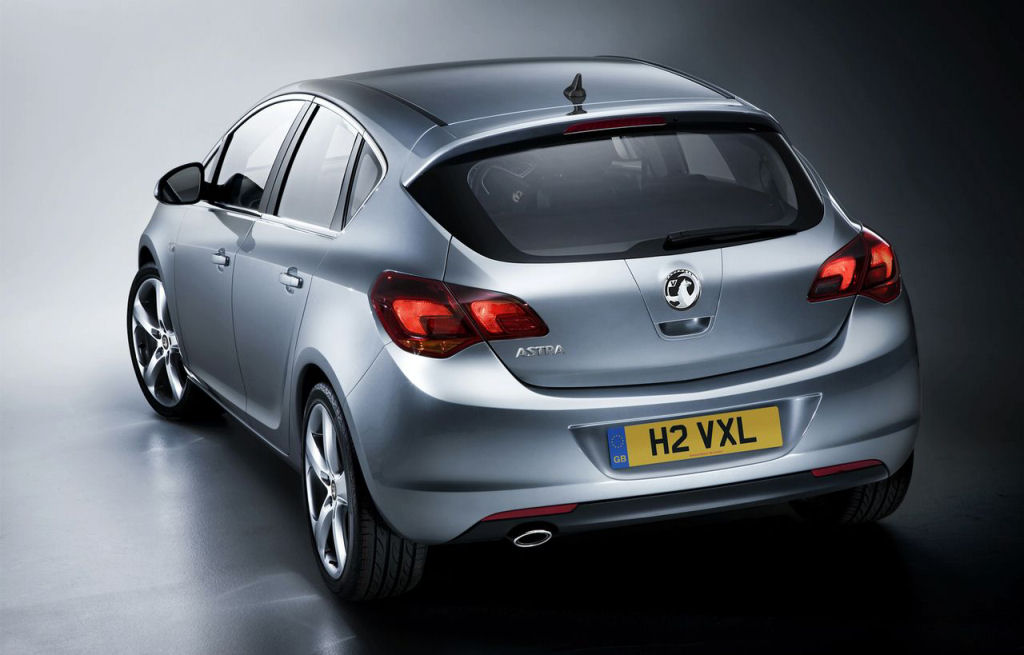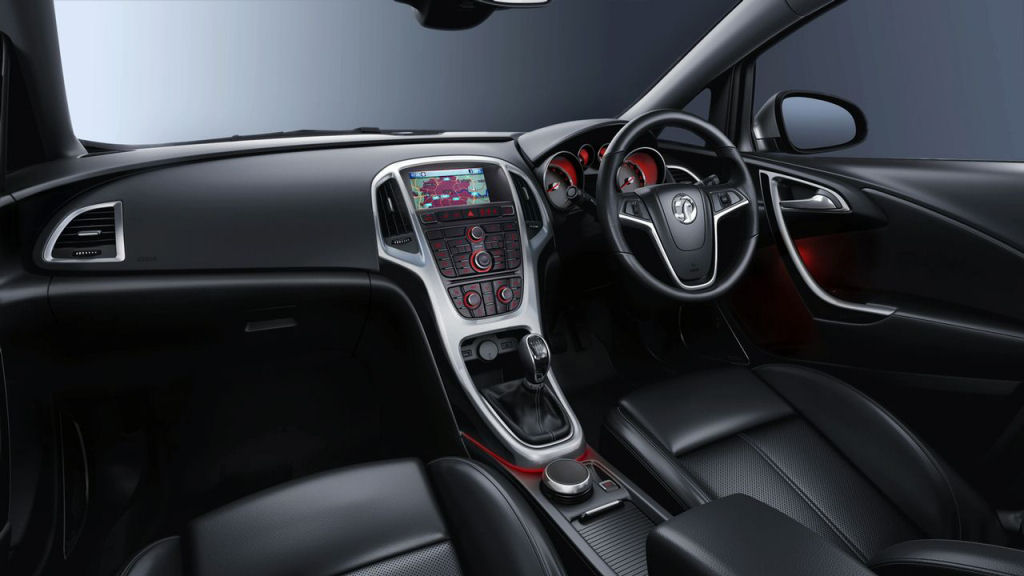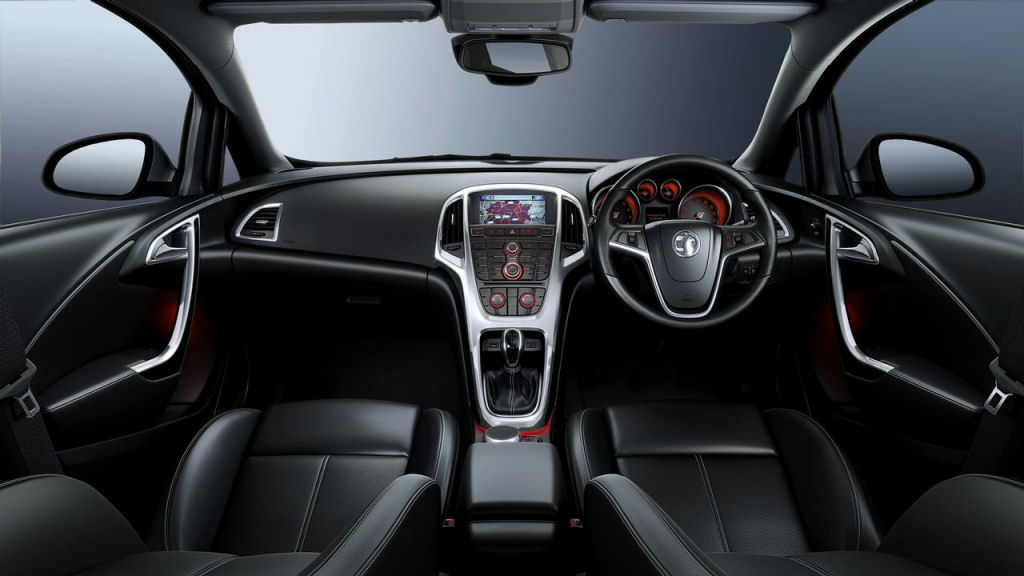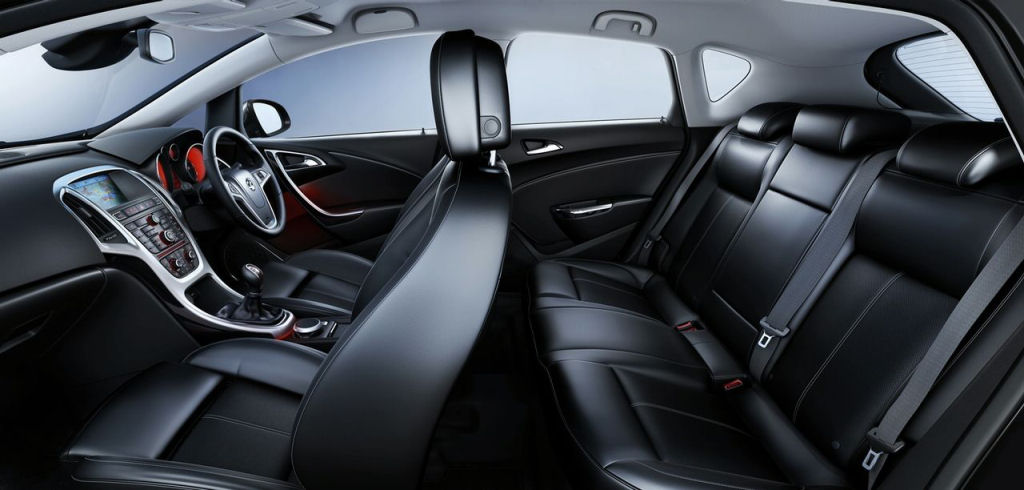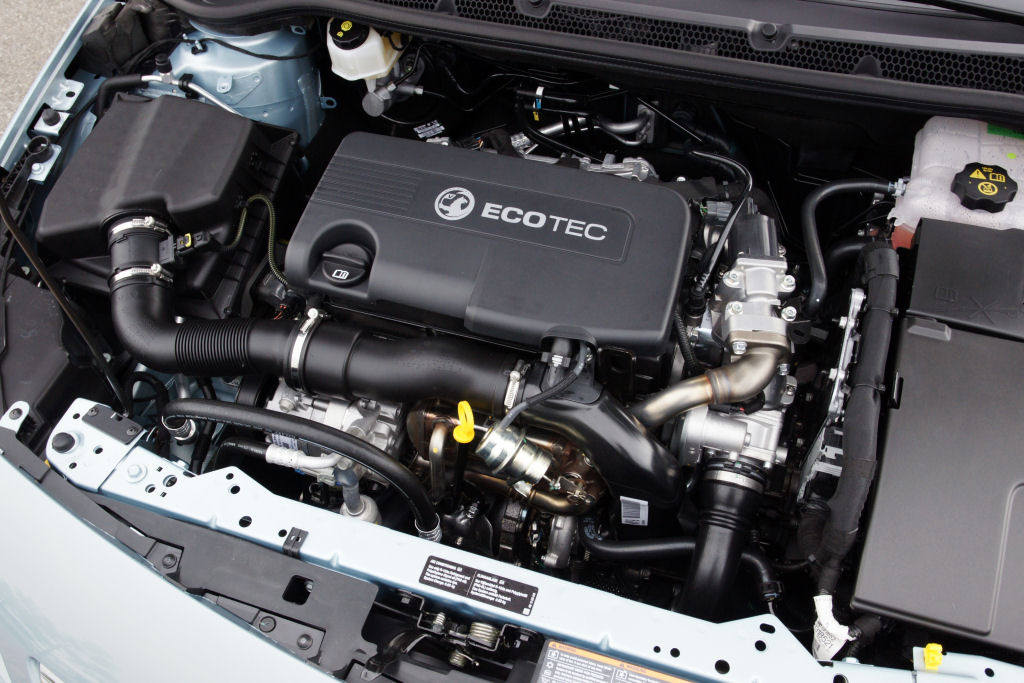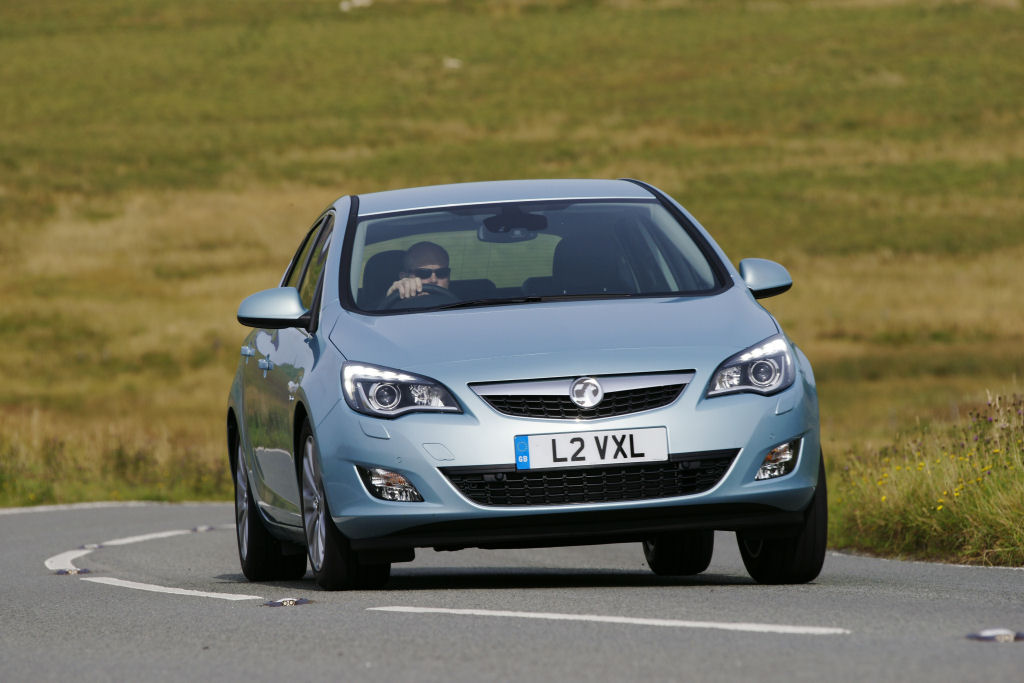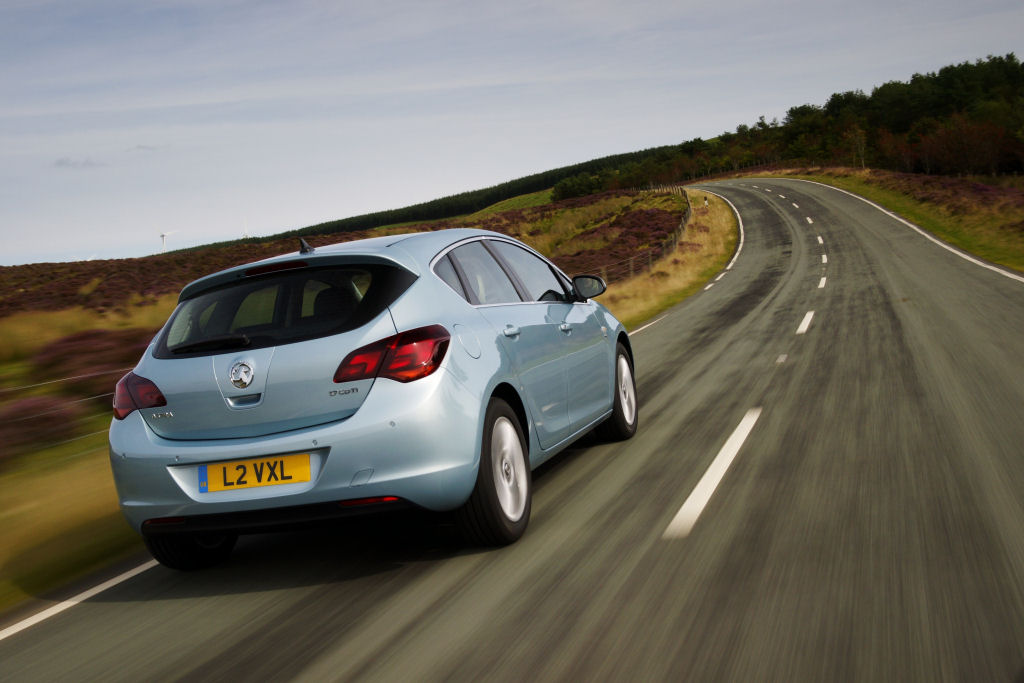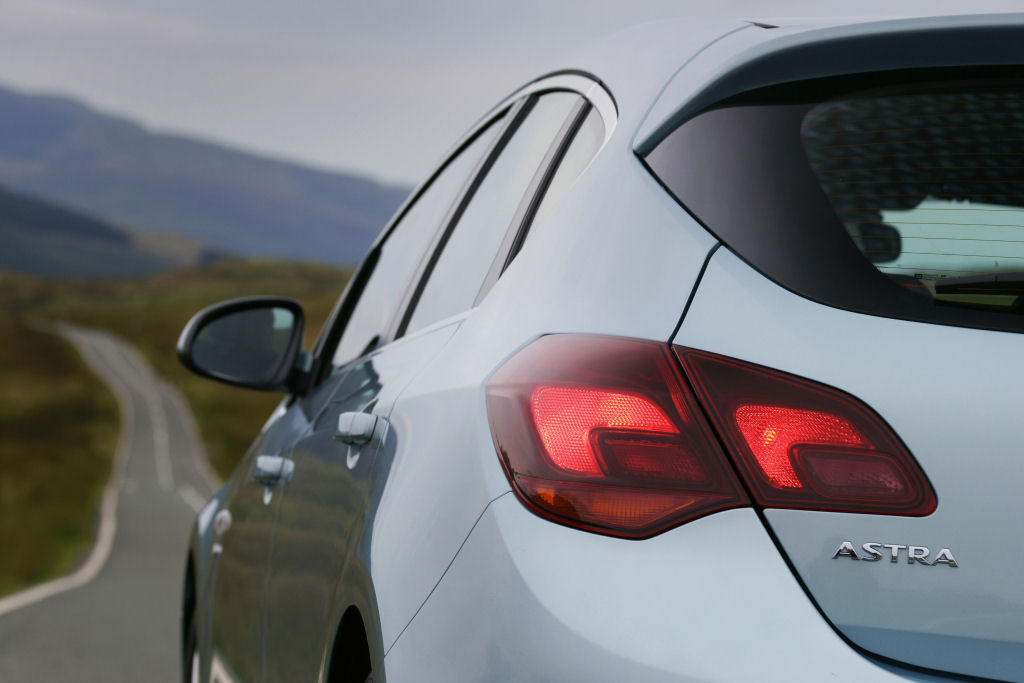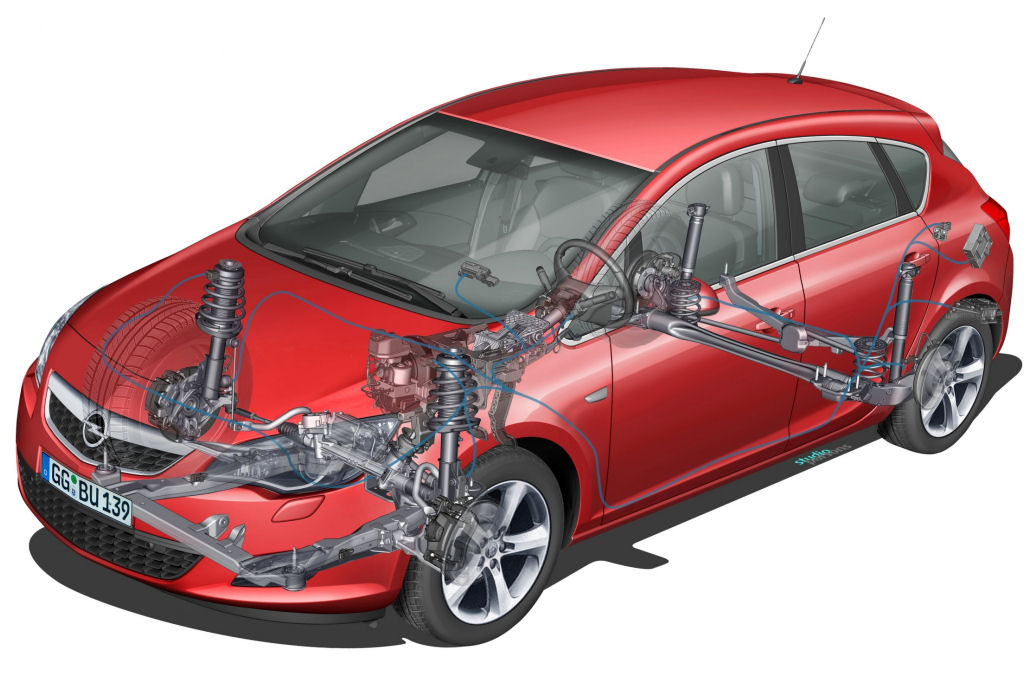Having been invited by Torque Astra to attend the launch of the new Vauxhall Astra at Millbrook, we were given the opportunity to drive the Astra back-to-back against some of its closest competitors.

Vauxhall Astra (2009) Review
Interior
As you climb behind the wheel of the new Astra you quickly realise the cabin has undergone a huge makeover. While a quality interior is not necessarily the first thing you look for in a hot hatch it can’t hurt to have one, and in this regard the Astra goes to the top of the class. The plastics are all top quality, dials are easy to read and the switches are trimmed in chrome and have a nice positive action. There’s even LED lighting around the gear stick and door handles that give the cabin a welcoming feel, although you won’t find this on all models.
no images were found
The Astra’s cabin is a huge improvement on the previous model and is now equal to the best in class. Quality is on par with the excellent Golf and A3 but there’s just a bit more flair in the Astra than it’s German rivals. If dull grey is your thing then you’ll probably still prefer a VAG interior, but if you like your interior to be a bit more interesting the Astra is the place to be.Engines
The new Astra is being launched with a choice of eight engines, four petrol and four diesel. Petrol engines include a 1.4-litre (in 86bhp or 99bhp tune), 1.6-litre (113bhp), 1.4-litre turbo (138bhp) and 1.6-litre turbo (178bhp). The diesel line-up starts with a 1.3-litre (94bhp), then moves up to the 1.7-litre (109bhp or 123bhp) and finally the 2.0-litre (158bhp).
no images were found
The first engine I tried was the standard 1.6-litre. Not exactly well-endowed, the 115bhp 4-cylinder wheezed it’s way up the hill route and, thanks to a lack of torque, at one point it even required a change to first gear for the 21% gradient.This engine is carried over from the old model and highlights one of the new Astra’s problems – weight. The new model is 132lb heavier than before, giving the engine even more work to do, so if performance is on your list of priorities the 1.6-litre is not the engine of choice.
Next up was the 123bhp version of the 1.7 CDTi. Straight away there was a noticeable difference in grunt and on the hill route the torquey nature of the diesel made easy work of the steep inclines. Out on the high-speed bowl the CDTi hit an indicated 120mph without fuss and was quite happy to cruise at that speed. The 1.7-litre is reasonably quiet for a diesel and with a combined economy of 60mpg this would be a good choice if you want economy without sacrificing too much performance.
The pick of the engines are the turbocharged 1.4 and 1.6-litre. The 1.4 provides more power (138bhp) and torque than the non-turbo 1.6 and even uses less fuel, with 47mpg compared to 44mpg. The turbocharged 1.6 is the most powerful engine in the range, kicking out 178bhp and providing much more torque, and even manages to return 41mpg. A note for badge spotters – if you see a new Astra with the Turbo badge on the back then it is one of the two petrol engines, all diesels are badged up as CDTi.
The turbo engine revs smoothly and there’s very little in the way of lag. The power is available from low revs and with all of that turbocharged grunt the Astra hauled its way up the steepest inclines with ease, powering out of the hairpins and giving the ESP system a little trouble. Torque-steer is not too much of an issue but the 178bhp can get the front wheels spinning before the traction control cuts the power.
Ride And Handling
no images were found
With a new Watts linkage setup in the rear suspension the new Astra is claiming to offer class-leading ride and handling. The good news for Vauxhall is that the new Astra is a big improvement on the old model, and also beats most of its rivals. But not all…The Watts linkage is over 220 years old, originally used by James Watt in 1784 to limit the movement of his steam engine’s piston. While it may be an old design it has come in very useful for a cash-strapped General Motors, allowing them to fit softer mounting bushes to the Astra’s suspension and still keep the movement of the rear axle in check.
Out on the hill route it was immediately obvious that the Astra has been transformed. Whereas the old model would have crashed its way over the concrete strips the new model soaked up the bumps with ease, backing up Vauxhall’s claim to have tuned the Astra’s suspension settings for UK roads. If the Astra can take the punishment from Millbrook then it should be able to cope with a few potholes and speed bumps on our poorly maintained roads. On the high-speed bowl the wider track and longer wheelbase helped the Astra feel rock solid, even flat out at 130mph in the 1.6 turbo.
The SRi model benefits from sports suspesnsion that lowers the ride height and stiffens things up a bit, but not at the expense of ride comfort. Even with the stiffer setup the SRi managed to handle the bumps with a surprisly supple ride., and it’s not just the ride that’s better.
The handling has been improved too, with quick turn-in and great composure through the corners. In this area the Astra easily beats the 308 and Civic, and provides a more entertaining drive than the A3 and Golf’s uninspiring setup. But is it better than the Focus, the hatch that still leads the class when it comes to fun on the twisty sections? It’s a close-run thing, certainly closer than before, but the Focus’s chassis still wins it for me with its superior multi-link rear suspension, and the steering feel from the Focus is still better.
Design
no images were found
OK, so beauty is in the eye of the beholder, but I think the new Astra is a good-looking car. The overall shape of the 5-door is sleek, with a steeply sloping windscreen and arched roofline. While the overall body shape may be similar to other cars in the sector, thanks to crash regulations restricting the freedom of car designers, there are plenty of nice detail touches that help.Look at the front. Where are the indicators? They’re not built into the headlights like most hatchbacks these days. Instead they’re built into the fog lamp cluster under the bumper, allowing even base-spec models to at least look like they’ve got fog lamps. A cheap, but effective, trick.
The ‘wing’ shape of the front lights is echoed at the rear with a pair of matching shapes built into each light cluster. It’s a distinctive feature that makes the Astra’s rump easy to identify in a crowd.
One disappointment is the understated nature of the SRi trim. Back in the 80’s and 90’s the SRi was the junior hot hatch that sat below the sportiest GTE and GSi models. It didn’t have the power but it had some of the visual appeal, but now the SRi gets little more than some chrome window surrounds and bigger alloys. Where are the sideskirts and the front and rear spoilers? They’re on the options list – just tick the box marked SRi VX-Line and you’ll get different alloys and the VXR styling pack (no word yet on how much it’ll cost you).
When Is It Out?
The new Astra is launched today, so you’ll be able to wander down to your local Vauxhall dealer and have a look for yourself. Prices start at £15,675 OTR for the 1.4-litre (86bhp) Exclusiv while the highest spec 2.0 CDTi Elite will set you back £23,695 if you choose the automatic gearbox.
Personally I’d go for the SRi model with the 1.6-litre turbo engine, which will set you back £20,555 OTR. That’s a big price to pay but then you are getting a premium hatchback with good space and a decent level of kit.
So What About The New Astra VXR?
Unfortunately we’re going to have to wait a while for the hottest Astra VXR. First of all we’ll see the 3-door Astra which, like the previous model, will benefit from sportier styling. That’s expected to arrive in Spring 2010 and then hopefully we’ll see the VXR model arrive before the end of the year.
Details are scarce at the moment, but it is expected that the Astra VXR will benefit from a reworked version of the 2.0-litre turbo, with power expected to up to around 270-280bhp. One thing is for sure, with the huge improvements on this new model Astra we can expect the new VXR to be an absolute corker.




